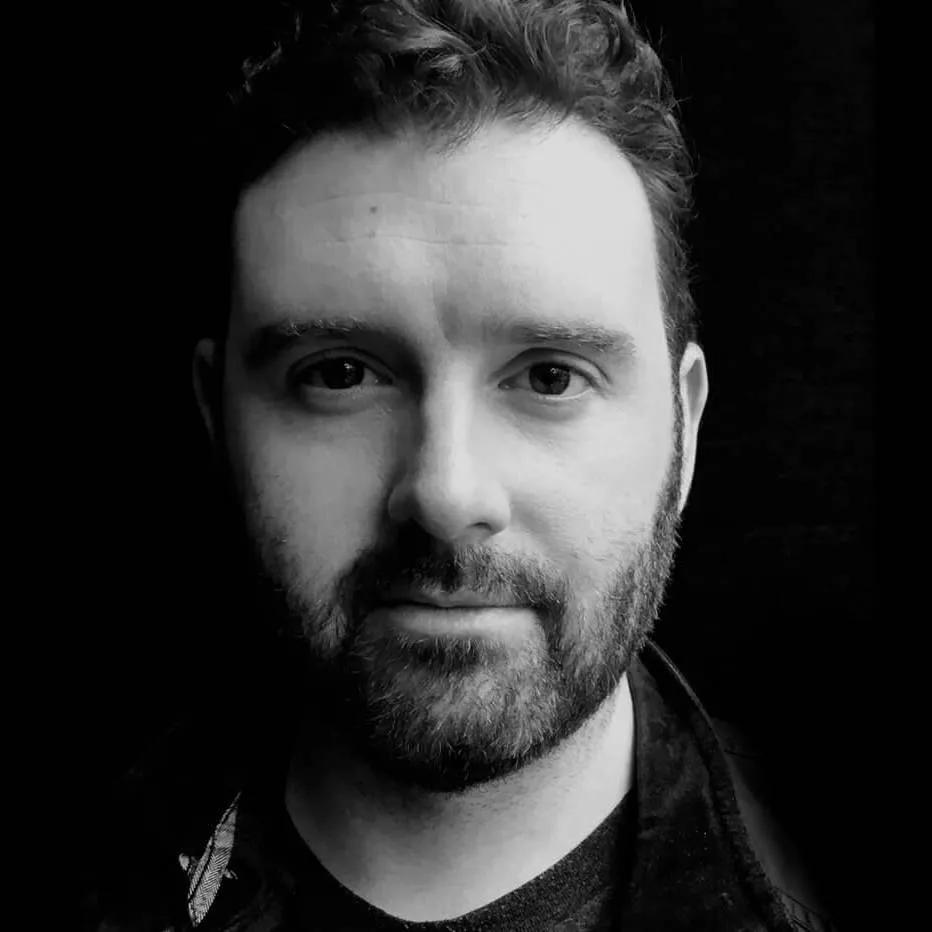Around 2013, a few years after Facebook launched our Ads API, we started to hear concerning feedback from some of our earliest partners. “The ecosystem is saturated” said some. “Limit Ads API access to existing partners” said others. A few had been acquired for tens of millions of dollars, or were about to be. The stakes were high - they needed to protect what they could.
Yet, after a quick glance at our data dashboards, we quickly realised their fears were unfounded. Facebook Ads revenue growth was accelerating, new audiences and advertising opportunities were emerging on mobile, and daily active user counts were growing by the day. Millions of businesses - from flower shops to fintech startups - were relying on Facebook Ads to find new customers. Each business had a set of unique needs that needed to be served.
We didn’t understand why partners believed the ecosystem was saturated. It simply wasn’t true.
Thinking Smartly
While this was happening, Smartly - a small, bootstrapped, nimble startup born out of Finland - quietly started building. They focused on a growing vertical (ecommerce), developed fair and transparent pricing, and listened intently to the needs of customers and our product teams. They were so nimble we heard stories about them building new features for customers during sales demos. Advertisers loved them, and we loved working with them. Smartly were actively helping to grow ecommerce on Facebook, which was good for everyone.
By 2019 Smartly had built a €70 million revenue business worth over €300 million - a 10X multiple of most ecosystem exits up to that point. That €70 million revenue grew to over €100 million by 2021, with over $5 billion Facebook ad spend managed through Smartly by customers like Uber, Zalando, Canva, and Spotify. The small, bootstrapped, nimble startup now employed over 1,000 people.
Standing out
It begs the question - in an apparently saturated ecosystem, how did Smartly emerge from nowhere to become the defacto leader in the space? Answer: they did the basic stuff well.
I previously wrote about the importance of making it hard for Platform Partnerships teams to ignore you. When partners do the basics right - as Smartly did - they quickly stand out from partners that don’t.
Standing out becomes more and more important as ecosystems grow. Obvious products and features always get built. Yet, even when they do get built, less obvious adjacent opportunities will always present themselves. Platforms and products evolve and change as customer needs change.
So, by definition, it’s impossible for these ecosystems to become saturated.
When saturation becomes a flood
Graphic design software was a saturated market until Canva came along. The stock photo industry was saturated until Midjourney and DreamStudio came along. SMS was so saturated it was dying a slow and lingering death until WhatsApp and iMessage came along.
In 2018 approximately zero WhatsApp integrations were listed in the HubSpot Connect partner directory. Over the next few years a trickle of WhatsApp integrations turned into a minor flood. “Saturation” became a topic - how many is too many? HubSpot even launched their own “native” integration with WhatsApp.
Saturation achieved, surely? Think again.
Today over 50 WhatsApp integrations are available in the HubSpot App Marketplace. Many, including Cooby and Wazzup (great name) have each earned over 500 installs. Every one of these integrations solves different sets of problems, for different types of customers, in different ways.
Together, they’re helping to grow the market for HubSpot, WhatsApp, customers, and the ecosystem. Each of these products - and more like them - will keep evolving as customer needs evolve.
For customers, saturated ecosystems are a myth.
Their evolving needs are not a myth.
Evolving ecosystems, and the evolving choice of solutions they offer, are exactly what these customers need. Serve these needs well, and the only saturation you’ll find is an endless flood of innovation and revenue opportunities that will last far into the future.





